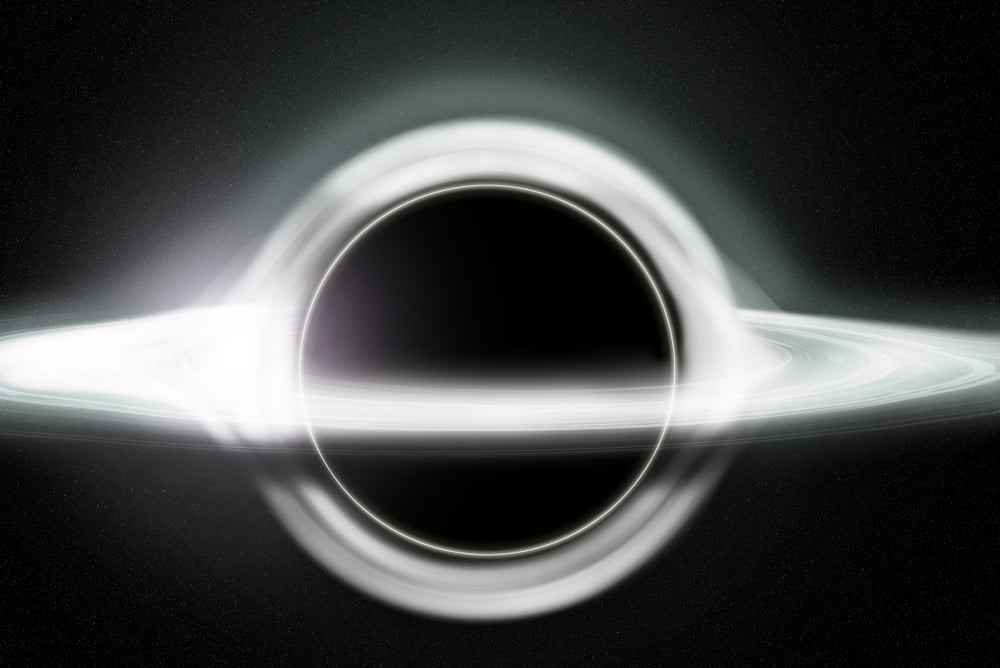

Thermodynamics, which is the theory of how heat and energy act, for example, tells us that white holes are unstable. General relativity only tells us about the behavior of gravity, and not the other forces of nature. The Eddington-Finkelstein metric didn't misbehave at any point in that trajectory.ĭoes this mean that Einstein-Rosen bridges are stable? Not quite. He found that the particle can cross the event horizon, enter the wormhole tunnel and escape through the other side, all in a finite amount of time. Koiran found that by using the Eddington-Finkelstein metric, he could more easily trace the path of a particle through a hypothetical wormhole. Stephen Hawking's most far-out ideas about black holes

Traversable wormholes are possible under certain gravity conditions His paper, described in October in the preprint database arXiv (opens in new tab), is scheduled to be published in a forthcoming issue of the Journal of Modern Physics D. So physicist Pascal Koiran at Ecole Normale Supérieure de Lyon in France tried something else: using the Eddington-Finkelstein metric instead. And if you try to send something down it? Well, good luck.īut Einstein and Rosen constructed their wormhole with the usual Schwarzschild metric, and most analyses of wormholes use that same metric. White holes themselves are unstable (and likely don't even exist), and the extreme forces within the wormhole force the wormhole itself to stretch out and snap like a rubber band the moment it forms. That's where the machinery of general relativity comes in: Given this (very interesting) situation, how do particles behave? The standard answer is that wormholes are nasty. Once a theoretical wormhole exists, it's perfectly reasonable to ask what would happen if someone actually tried to walk through it. This creates a tunnel through space-time. To make a wormhole, you just take a black hole and a white hole and join their singularities (the points of infinite densities in their centers). This idea was first proposed by Albert Einstein and Nathan Rosen, hence the reason wormholes are sometimes called "Einstein-Rosen bridges." While black holes never let anything out, white holes never let anything in. What does all this have to do with wormholes? The simplest way to construct a wormhole is to "extend" the idea of a black hole with its mirror image, the white hole. But there's another metric, called the Eddington-Finkelstein metric, that does describe what happens to particles when they reach the event horizon: They pass right through and fall into the black hole, never to be seen again. That metric misbehaves at a particular distance from the black hole, a distance known today as the Schwarzschild radius or the event horizon.Īnd by "misbehaves," we mean that metric completely breaks down, and it can no longer distinguish between different points in space and time. But the Schwarzschild metric contains some funky math. The most popular one is the Schwarzschild metric, which is where black holes were first discovered. When it comes to black holes and wormholes, there are a few potential metrics.

Similarly, physicists can use different metrics to describe the same situation, and sometimes one metric is more helpful than another - akin to starting off with the street directions, but switching over to the napkin to double-check if you're at the right landmark. Related: 8 ways you can see Einstein's theory of relativity in real life Your metric is different in each case, but no matter which metric you choose, you end up at the big feast. That may be street directions, satellite-based latitude and longitude, or landmarks scribbled on a napkin.
White hole vs black hole how to#
Physicists call these different descriptions "metrics." Think of the metric as different ways to describe g how to get to your grandma's house for Thanksgiving.

While the rules of general relativity are fixed, the theory itself provides a lot of freedom to describe those coordinates mathematically.


 0 kommentar(er)
0 kommentar(er)
